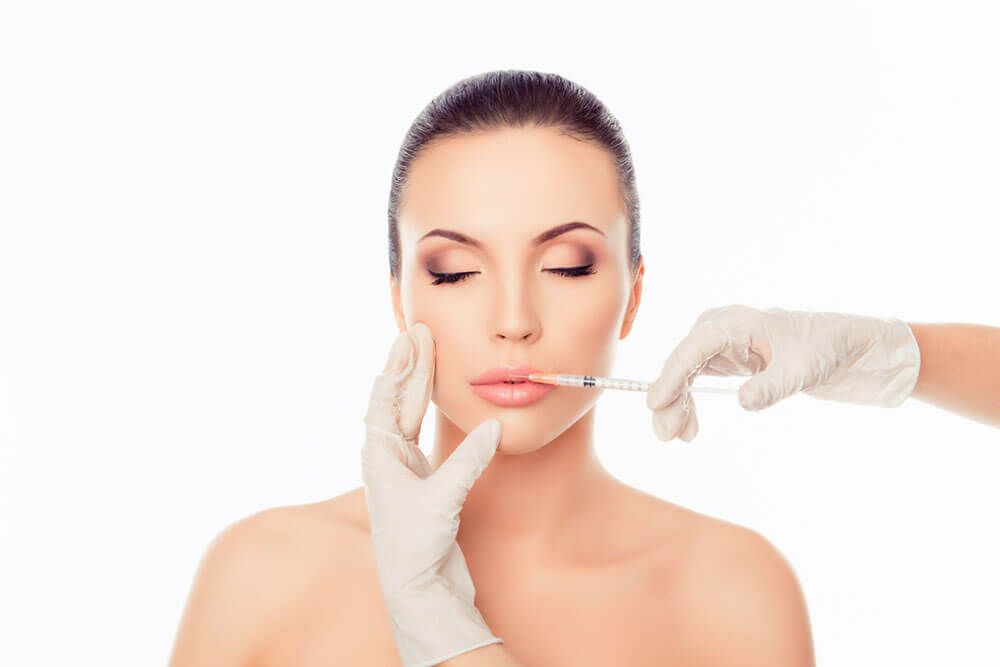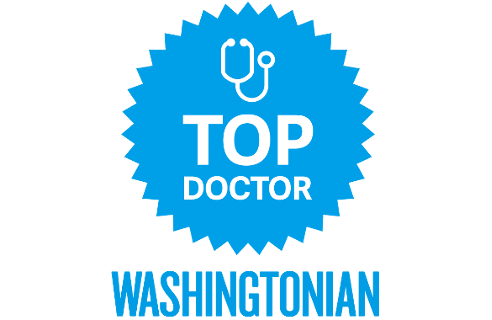BOTOXⓇ
Botulinum Toxin is an injectable treatment commonly used in the forehead, glabella, and crows feet area to reduce the appearance of fine lines and wrinkles. Botox has been FDA approved since 2002, and has been successfully used by millions of patients in the United States.
Wrinkles form when you repeatedly contract a muscle, like the ones in your forehead and around your eyes. Botox works by targeting specific facial muscles to decrease contraction and stop skin wrinkling.
According to American Society for Aesthetic Plastic Surgery…
Botox was the most frequently administered non-surgical cosmetic treatment in the United States for 2017. 7 million people underwent Botox injections in 2017. Demand for minimally invasive aesthetic treatments continues to rise, and Botox is at the forefront.
Frequently Asked Questions
Where do you put Botox?
The most common areas for Botox treatment are the forehead, glabella (between your eyebrows), and lateral crows feet. Less common areas include jawline (masseter muscle) to slim the face and reduce clenching, chin (mentalis muscle), and just below the nose to reduce the appearance of a gummy smile.
What should I expect during a Botox injection?
Botox involves multiple injections with a tiny needle in the treated areas. It takes a few minutes to perform and requires no anesthesia. Most patients have minimal to no bruising, though it is possible to have a mild amount of bruising. You can reduce bruising by using ice after the procedure.
When will I see results and how long does it last?
You will begin to notice the effects of your Botox injection within just a few days, but full results are visible at 1-2 weeks. Botox lasts 4-6 months, depending how fast your body degrades the product.
Does it matter who does my Botox injections?
We believe that injectable treatments require an artistic touch as well as a thorough medical knowledge of anatomy. Facial anatomy is complex, and whoever does your injections should be an experienced provider who is intimately familiar with the “danger zones” in facial injection.
FILLERS
“Filler” is a generic term for gel products that are used to fill wrinkles or add volume to your face (and sometimes body). Most of these are made of Hyaluronic Acid (HA), which is a naturally occuring substance.
Frequently Asked Questions
Where do you put fillers?
Common areas for filler are nasolabial folds (between your nose and the corner or your mouth), tear troughs (under eye), lips, cheeks, chin, and jawline.
What should I expect during a filler injection?
Prior to your filler appointment, you should avoid ibuprofen, aspirin, aleve, and any other medications that increase bleeding and bruising. Fillers are placed with tiny needles or micro-cannulas around your face. Bruising is more common in some areas where the skin is thin, such as under the eyes.
What should I expect after injection?
The filled area may swell, and you may look “overfilled” and bruised for a few days until the swelling subsides. You can reduce swelling faster by keeping your head of bed elevated while you sleep and icing the area. Avoid strenuous exercise the day of treatment. You will have your final result about a week after treatment
When will I see results and how long does it last?
You will see results immediately after filler treatment. Once the swelling is gone about a week later, you will have your final result. Fillers last anywhere from 6 months to 2 years depending which filler is used.
What are the risks of filler treatment?
Bruising and swelling are common but go away quickly. Lumpiness, visible nodules, and a blue discoloration of the skin (Tyndall sign) are less common.
What if I don’t like it?
There is a dissolving agent for Hyaluronic-Acid based fillers called Hyaluronidase that can be injected to dissolve any area of filler instantly.





